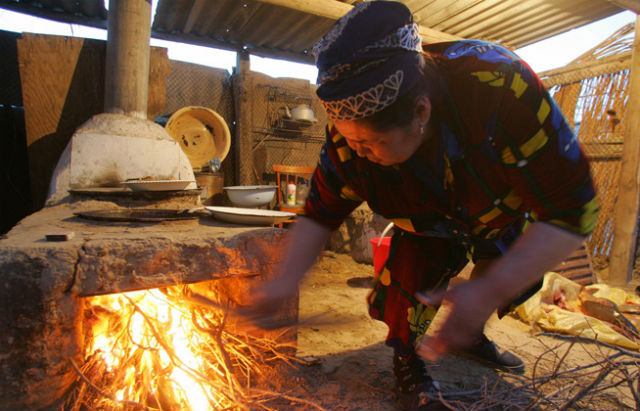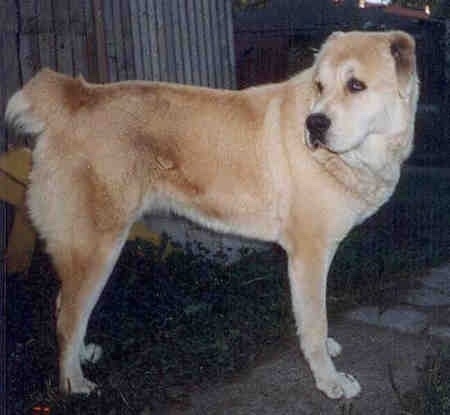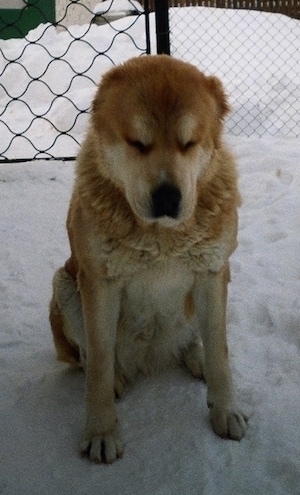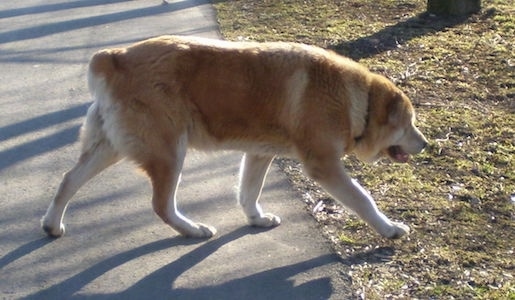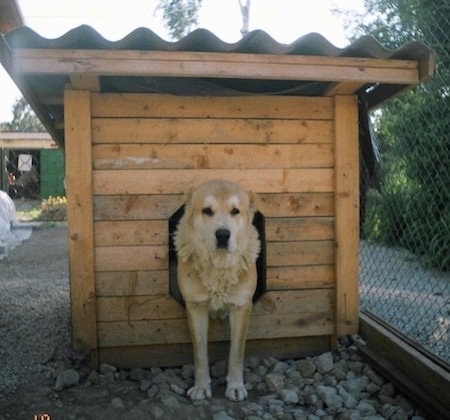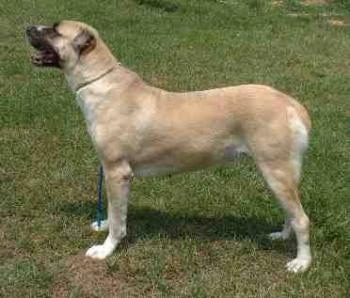1. It’s The Perfect Time
Central Asia is slowly starting to become noticed by travellers. Little Kyrgyzstan has already eased visa restrictions and has set up homestay and adventure programs, making it fairly simple for you to visit and experience the country. There’s just enough tourism infrastructure in the region at the moment, yet it retains it’s authenticity and still feels like an epic place to travel. Currently there are only a handful of tourists travelling here, however, things are definitely picking up and soon (we predict) this part of the world will be swarming with backpackers and travellers all wanting a piece of The Stans.
2. The Adventure
This isn’t a part of the world for beach-bumming and sauntering around in flip-flops, this region is rugged, rough and ideal for intrepid travellers. Horse-trekking, camping, helicopter rides, road trips through the mountains and hiking over high passes are just some of the adventures waiting for you in Central Asia.
Trekking at 3,500m in Kyrgyzstan
3. The Culture
Central Asian people lead very interesting lives. Each country has its own unique culture and customs, but there are many similarities between them. Throughout the region, Islam is the faith of choice, people are traditionally nomadic, horses are the means of getting around in the countryside and everyone has a strong connection with their family and community.

Incredible Islamic architecture – the towering Registan in Uzbekistan
4. The Yurts
In Mongolia, round felt homes are scattered all over the countryside and they’re typically called gers, in Central Asia, they are called yurts. Today, people in the countryside commonly sleep in these circular structures, which are movable and therefore perfect for nomadic people. Made from wooden beams, latticework, sheep’s wool, felt and canvas, these homes are warm in the winter, yet cool in the summer. Sleeping in a yurt beside a burning stove is a highlight of any trip to Central Asia.
5. The People
Due to its proximity to China, Mongolia, Iran and Russia, this part of the world is an interesting melting pot of people and ethnicities! You may be in Tajikistan, but find yourself looking at someone with green eyes, light skin and a thin nose. Tajiks are actually descendents from the Aryan people, meaning they are closely related to Iranians/Persians. Regardless of whether the people look Asian, Persian, European or Arabic, everyone is extremely warm and welcoming here. Most people are very interested in foreigners, as they don’t see too many of us. Just make sure to bring a Russian Phrasebook so you will be able to communicate a few key sentences with your new friends.
Sharing food and beer on the train in Kazakhstan
6. The Mountains
The towering mountains in the Central Asian region are some of the highest in the world. The Pamir Mountains are formed by the meeting of the Himalayas with the Tian Shan, Karakoram, Kunlun and the Hindu Kush ranges. These massive, snow-capped peaks are commonly referred to as “The Roof of The World”. The Pamir Mountains are mostly situated in Tajikistan and Afghanistan, but span north to Kyrgyzstan, south to Pakistan and east to China. Seeing these beautiful ranges is a once in a lifetime opportunity.
The colourful mountains of the Pshart Valley in Tajikistan
7. The Pamir Highway
At 4,655 meters (15,270 feet), this is the second highest highway in the world! This is the only continuous route through the difficult terrain in the Pamir Mountains, and is the main supply line for Tajikistan’s Gorno-Badakhshan Autonomous Province. The Pamir Highway was also an important road during the Silk Road days. Today, many people cycle, hitch-hike or hire a jeep to take them through this volatile land filled with lakes, mountains, historical sites and friendly faces.

Road Trip along the incredible Pamir Highway, Tajikistan
8. The Markets
Some of the most interesting markets in the world can be found in Central Asia, which is no surprise given its Silk Road Trading Route legacy. Spices, dried fruits, nuts, fresh meat, clothing and house wares can all be found at the bustling local markets of the stans. Some of the best markets are in Osh (Kyrgyzstan), Almaty (Kazakhstan), Ishkashim (Afghanistan/Tajikistan border) and the covered bazaar in Bukhara (Uzbekistan). Markets play a huge part in the day-to-day life in Central Asia, make sure you visit one… or as many as you can!

Delicious bread for sale at the Osh Bazaar, Kyrgyzstan
9. The Nature
Being out in nature is good for the soul, there’s no doubt about it. Central Asia has its large cities, but outside of them, you’ll find miles and miles of uninhabited lands. Rivers cut through the mountainside, flowers bloom in the meadows and the sky is as blue as the alpine lakes. This is the perfect place to enjoy peace and quiet, go for a walk and spot some interesting wildlife on the way (like the Marco Polo Sheep, and if you’re very lucky, a snow leopard).

Beautiful river, meadows and mountains in Tajikistan
10. The Historical Sites
Given the history here, it’s no surprise that there are some interesting sites to explore. Check out the petroglyphs (rock engravings) along the Pamir Highway, visit towering fortresses and bathe in the age-old Bibi Fatima natural hot springs. The history and archeological sites in this region of the world (both man-made and natural) are fantastic.

Amazing petroglyphs!
Have we convinced you to travel to Central Asia?! If you’re interested in visiting a land filled with history, fantastic sights, colourful people and unbelievable nature, consider Central Asia. Now is the time to get here, before the crowds arrive.















